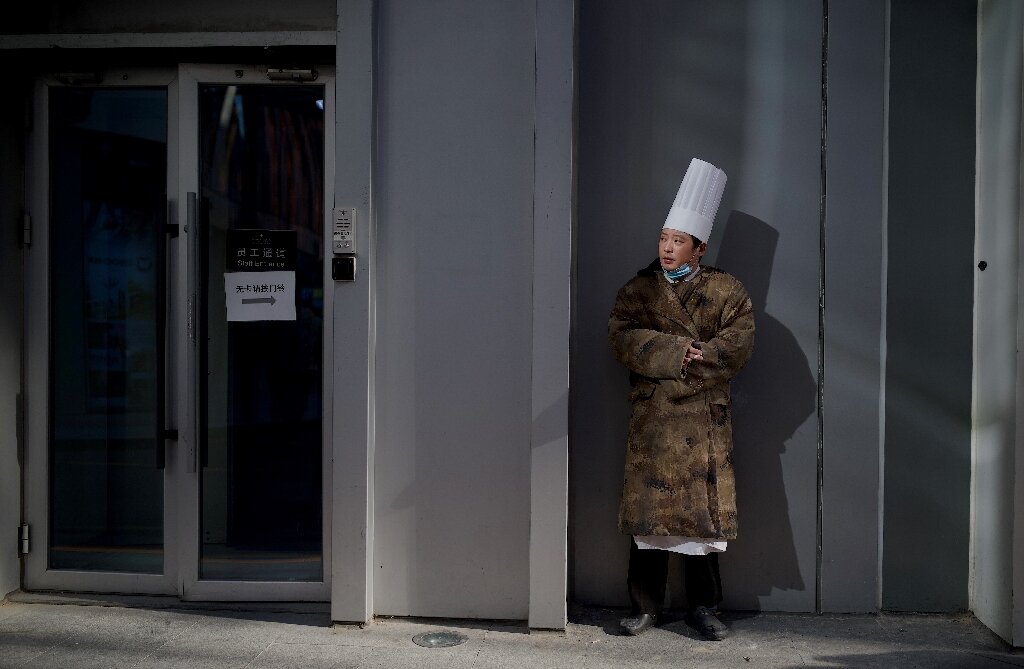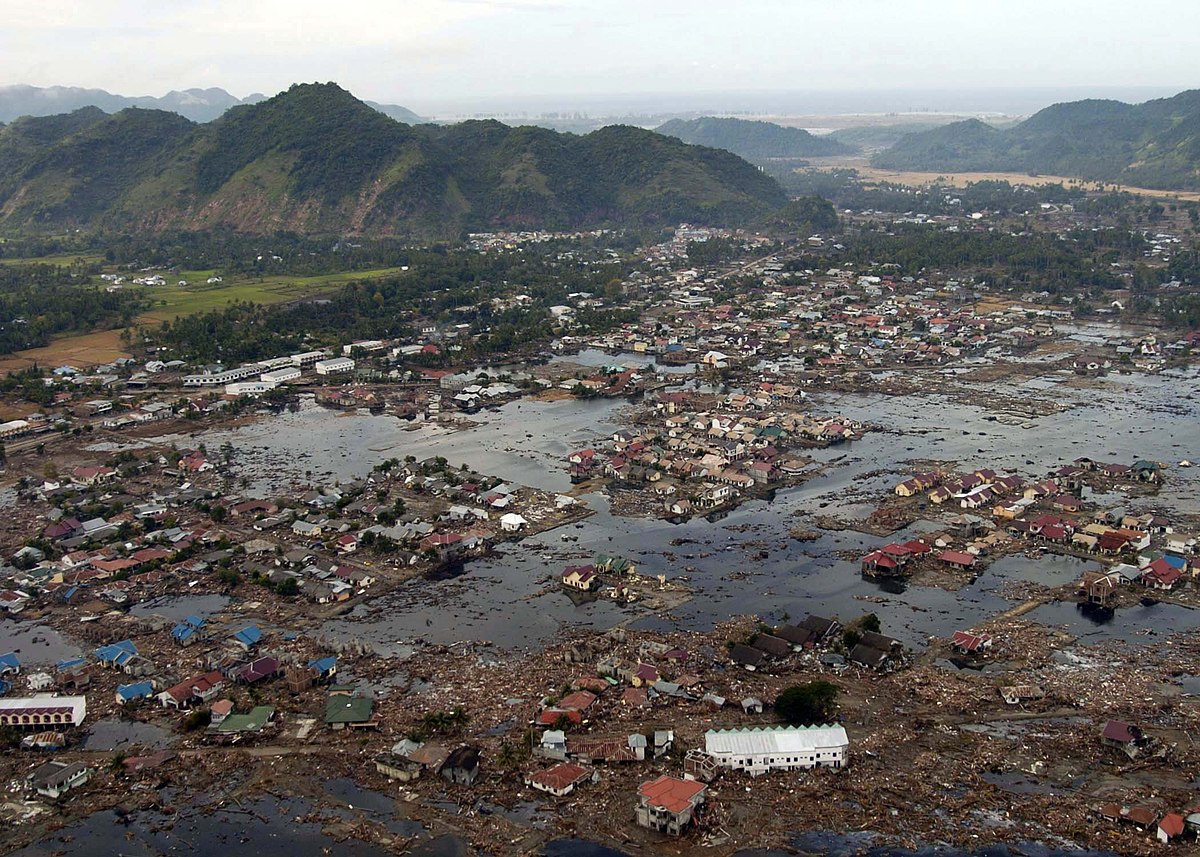Cold Weather In China Sends Coal, Gas Prices Sky-High
By
Charles Kennedy - Jan 08, 2021, 10:00 AM CST
The coldest winter in China since 1966 has sent coal and gas prices soaring as power demand surges.
Gas prices hit a three-year high, Bloomberg
reported, while coal prices ticked up by 4 percent this week. Reuters
noted that despite record liquefied natural gas imports, the cold spell caused a supply crunch.
China went on an LNG-buying spree last year amid low prices caused by oversupply. Reuters
reported last September that imports of the commodity into China were set to hit record-highs that year, at 65-67 million tons. That would set China on course to become the largest importer of LNG by 2022. Meanwhile, due to the cold weather, LNG prices in some parts of China have doubled since late November, Bloomberg noted.
Despite the power crunch, however, China has not budged on its ban on Australian coal—a major fuel source for its coal-powered plants—which resulted as bilateral relations worsened severely last year.
The row erupted when Australia insisted on an international inquiry into the origin of the coronavirus that first appeared in China, which signaled the start of a trade war that has been affecting more and more Australian industries.
Yet the spat is affecting China as well at a time when it needs all the coal and gas it can import—much of it sourced from Australia, which
accounts for as much as 40 percent of Chinese LNG imports. As a result, China has been forced to pay much higher prices for the commodities it needs to go through the cold spell.
According to Wood Mac’s head of coal for Asia Rory Simington, China’s demand for coal jumped 12 percent last December from December 2019, the Australian Financial Review
reported. This resulted in a sharp increase in coal prices, prompting Beijing to stop publishing daily prices last month.
By Charles Kennedy for Oilprice.com




